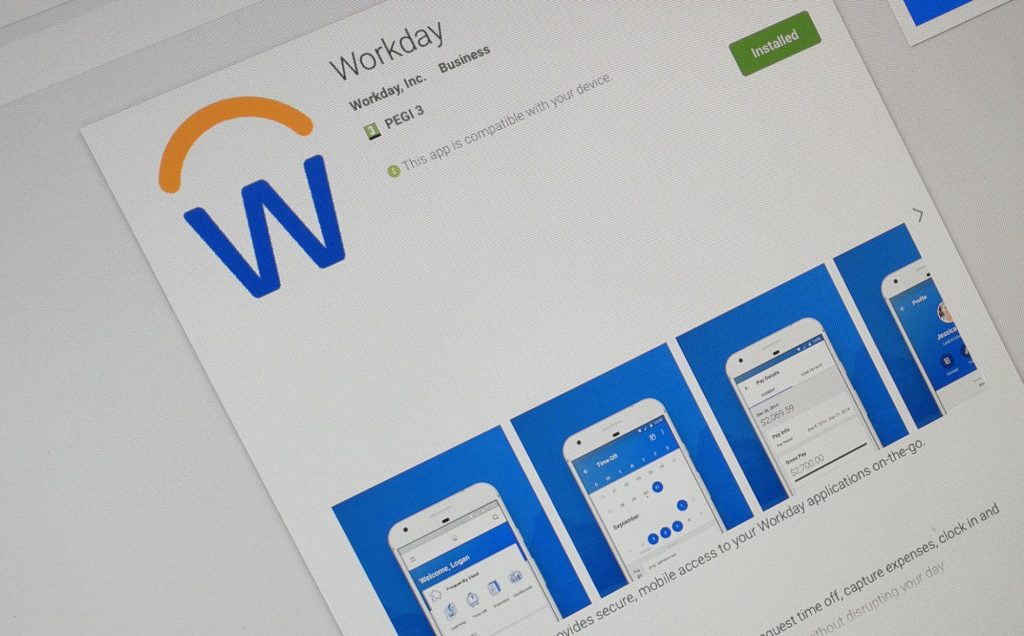How do you optimise Workday to get the maximum return on your investment?
After the initial deployment of Workday, you might be inclined to sit back and leave the system to work its magic.
And Workday delivers big results, helping organisations to gain deeper insights and streamline business processes.
But to maximise the value you get from Workday, you’ll need an ongoing lifecycle of optimisation and support.
In this article, we explore the common challenges that organisations experience in managing and optimising Workday, and share five ways to overcome them.
1. Optimise user adoption
No matter how smart your HRIS system, if people don’t use it, it’s not going to deliver results. Yet in our experience, far too little attention is paid to user adoption in many implementation projects.
Your people need to be comfortable and confident in using Workday so that it becomes a regular part of their work.
The first step is to understand your current engagement levels and where there are any issues. There are many user analytics and Workday adoption tools that can help here to help you identify
- What are the drop off hot spots?
- Which functionality is used infrequently and why?
- How do employees rate their experience?
From there, you can introduce training, communications and improvements to make Workday easier and more satisfying to use.
2. Apply project and change management
Workday Implementation is no different from any other business-critical activity. You’ll need excellent project and change management capability to make sure it runs smoothly.
Agile project management is just as crucial after go-live to help you implement ongoing updates. With Workday software releases every six months, underpinned by weekly updates to address bugs and small functional enhancements, this is no small task.
Add to those regular updates from Workday any internal configuration changes, and the importance of preparing and supporting your people through the changes to keep adoption and understanding high becomes clear.
3. Have a great support structure
With immediate attention focused on getting Workday implementation right, the need for a dependable Workday support structure often gets neglected. But your user support team plays a critical role in optimising Workday.
They will assist with updates and rollouts (testing transitions and changes, for example) and manage vendors, as well as supporting users. They ensure your staff find it easy to get the services they need.
4. Improve your data accuracy
Garbage in; garbage out.
The quality of your data in Workday is pivotal; it impacts on your analysis and insight, and therefore the decisions you make. All successful Workday implementation projects involve a thorough cleanse of data before it is uploaded onto the system.
Over time however, the quality of your data may deteriorate if it does not get the attention it requires. You need to have the steps in place to review and update your data and processes on an ongoing basis. We use powerful people analytics tools to cleanse and update data, accelerating the delivery of Workday optimisation.
5. Integrate systems and processes
How do you optimise your Finance and HR processes, when they cut across so many different systems and applications?
The key to unlocking the most value from Workday is to ensure your different systems are integrated effectively. Importantly, integrations allow you to automate and streamline manual processes, which helps to drive user adoption and efficiency.
It’s no surprise that users stop using processes when systems don’t integrate well. By bringing together your processes and data sources in one place, you’ll have visibility across your organisation, helping you to adapt to industry changes more quickly.
When you are mapping processes and identifying any improvements needed in Workday integrations, always take an end-user perspective, putting the user experience first.
Follow these five steps and you will maximise your Workday return on investment.
Contact us to find out how Preos can help.

